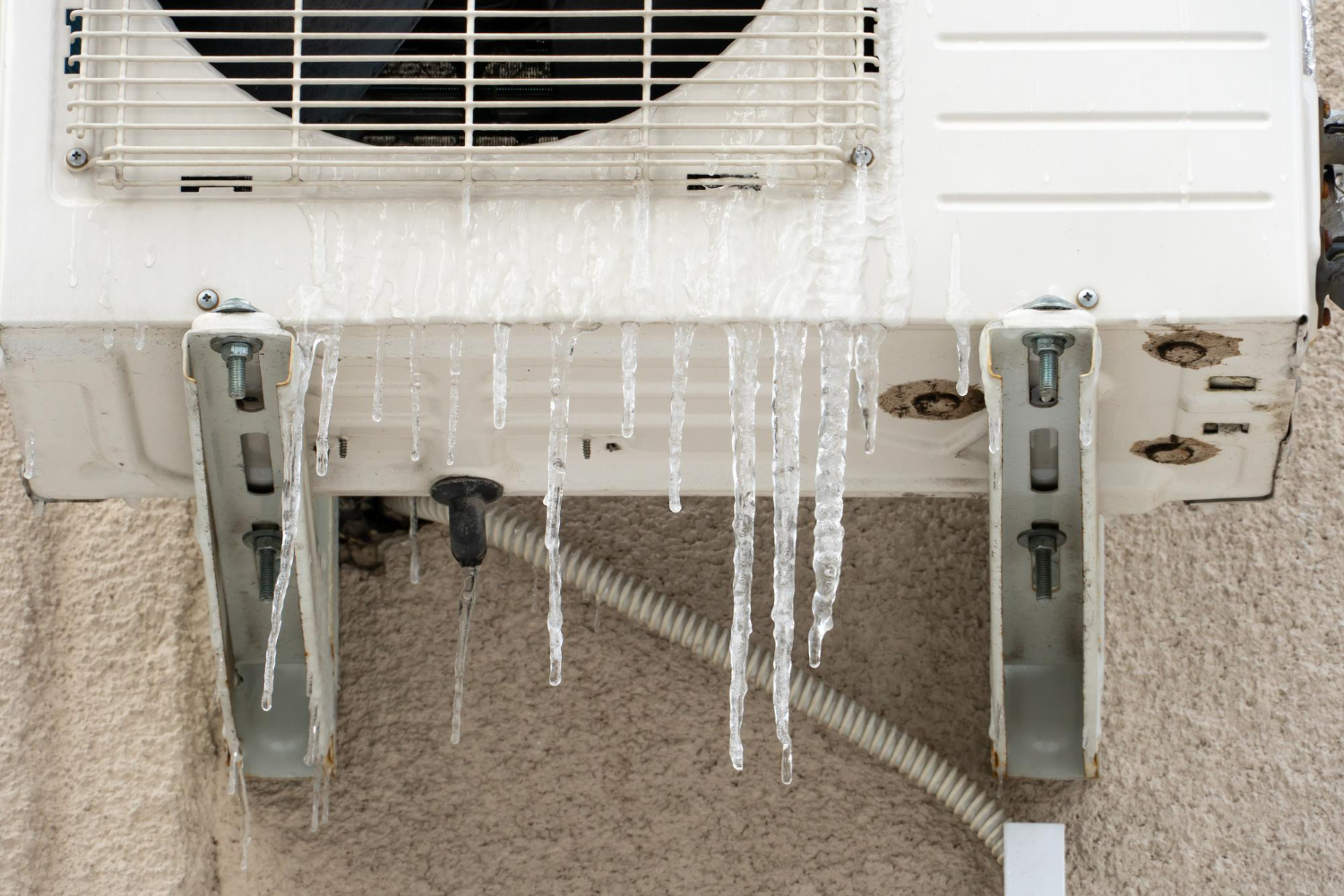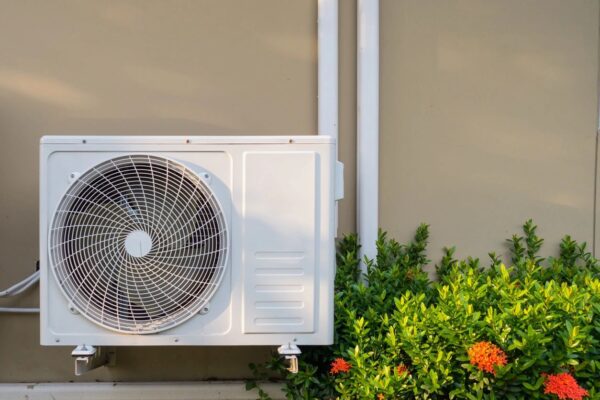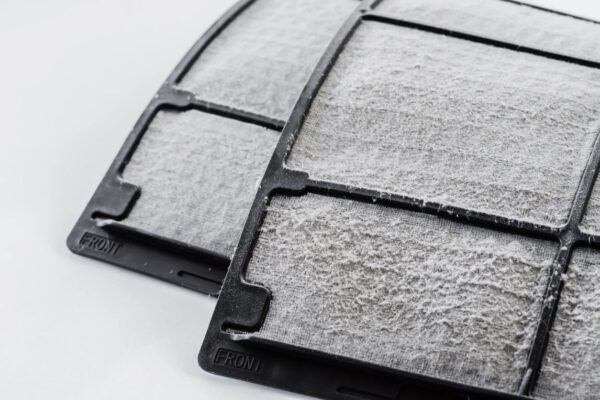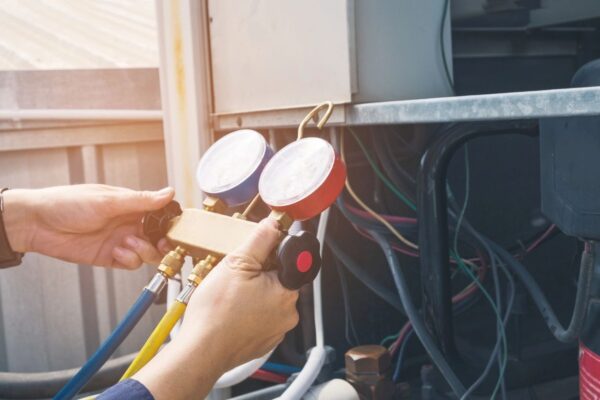When your AC suddenly stops cooling and starts blowing warm or no air at all, it’s usually a sign something’s wrong. One surprisingly common issue, especially during Florida’s long stretches of heat, is a frozen AC unit. It throws everything off. Your home doesn’t feel comfortable, energy bills start creeping up, and the system runs harder than it should. ACs work hard almost year-round here, so when they freeze up, it adds stress to both the equipment and the people relying on it.
A frozen unit is more than just an annoyance. It can shorten the life of your system if it’s not taken care of properly. What starts as a light layer of frost can turn into a thick coat of ice that blocks airflow and eventually leads to mechanical failure. The faster you can spot the issue and respond, the better chance you have of preventing long-term damage and getting back to the comfort you’re used to.
Identifying the Signs of a Frozen AC Unit
Catching a frozen AC unit early starts with knowing what to look for. Many people assume less cooling means a simple thermostat setting or maybe a filter issue. While that could be part of it, ice buildup anywhere on the unit is a clear signal that something’s not working the way it should.
The signs often include:
– Weak airflow coming from the vents
– Warm or room-temperature air instead of cool
– A layer of frost or visible ice on refrigerant lines or evaporator coils
– Water pooling near the drain pan or below the indoor unit
– Odd sounds like hissing or light crackling
– A musty smell coming from the vents, possibly due to trapped moisture
It can be easy to miss at first, especially if the unit still runs. But over time, cooling efficiency drops more, and the AC might even shut off completely in an attempt to protect the system. That moisture buildup can also lead to other problems, like mold growth inside ducts or around the coils, which affects indoor air quality.
Imagine turning your AC on during one of those late September afternoons where the humidity is just as intense as the heat, only to realize after an hour that the room feels no different. You check the vents. Airflow is low. You peek at the unit and see ice creeping across the lines. That moment of confusion is your warning. The sooner you recognize the signs, the sooner you can take the right steps to fix it.
Common Causes of a Frozen AC Unit
An AC unit that freezes up doesn’t always mean something is broken. Often, it’s the result of a few smaller problems adding up. When airflow is restricted or refrigerant levels are off, the system struggles to do its job. As it works harder to bring down the temperature, the coils inside can drop below freezing and start to ice over.
Some of the most common reasons include:
1. Dirty air filters. Filters clogged with dust, pet hair, or other debris make it harder for air to move through the system. Without steady airflow, the evaporator coil starts to get too cold and collects ice.
2. Low refrigerant. If there’s not enough refrigerant circulating, pressure inside the coils drops. This lowers the coil’s temperature, which leads to freezing. Leaks in the system can slowly worsen over time, making this harder to notice without a detailed inspection.
3. Fan or blower issues. A faulty fan motor or blower that doesn’t turn on properly means air isn’t getting pushed through the system. Less moving air causes more moisture to sit on the coil, which can freeze.
4. Blocked or closed vents. When too many vents are shut, or if furniture or curtains are blocking them, AC airflow is disrupted. This leads to uneven cooling and frozen coils because the system can’t balance how air is cycling.
Any of these issues on their own can trigger a freeze-up, but a mix of them often causes the most trouble. That’s why it’s important to approach the problem methodically rather than assuming one quick fix will do the trick. Getting down to what actually caused the freezing is the best way to fix it and keep it from happening again.
Steps to Take When Your AC Unit Freezes
When you realize your AC unit has frozen, it’s important to act quickly to prevent more damage. Start by turning off the AC system right away. Shutting down the unit helps ease the strain on the system and allows the ice to begin melting safely. Avoid setting the thermostat lower. That won’t help and might even make things worse. Letting the AC rest is key to a proper evaluation of the problem.
Next, take a look at the air filter. A clogged filter is a common culprit behind reduced airflow and freezing issues. Checking the filter is easy, and if it’s visibly dirty or clogged, a quick replacement can make a big difference. It keeps the air flowing smoothly and helps the unit run efficiently.
After handling the filter, inspect vents and registers around your home. Make sure they are open and clear of any obstructions. Even small blockages from furniture or curtains can disturb the airflow and contribute to freezing problems. Once everything’s checked, give the AC some time to thaw before attempting to restart the unit.
Finally, reach out to professionals for a thorough inspection. While these steps can address immediate symptoms, trained technicians can uncover underlying issues such as refrigerant leaks or fan motor problems. They have the tools and experience to ensure that every part of the system is working well.
Preventative Measures to Avoid Future Freezing
Getting your AC back to normal is great, but taking steps to prevent freezing in the future makes a big difference. Regular maintenance routines can save you from the hassle of repeated issues.
1. Regularly inspect and replace air filters. Filters need checking every month or so, especially during peak summer. Clean filters improve airflow and efficiency.
2. Schedule semi-annual maintenance. Professional checks can catch signs of wear or potential leaks before they become serious problems.
3. Keep the area around the unit clear. Check for debris or plants near the outdoor unit, and keep that space free from clutter. It ensures better airflow and optimal performance.
4. Consider a programmable thermostat. It helps maintain consistent temperatures and can reduce stress on your AC units by avoiding drastic shifts in settings.
5. Monitor refrigerant levels during professional maintenance visits. Proper refrigerant levels are key to preventing the internal coils from dropping to freezing temperatures.
These simple habits form a solid defense against future freeze-ups and make it easier to keep your home cool and comfortable.
Staying Ahead of Florida’s Heat
In the heat of Florida, a reliable AC unit is more than a luxury. It’s something your household depends on day after day. The key to staying comfortable is responding to symptoms early and keeping your AC system well cared for through regular maintenance.
When something like a frozen unit sneaks up on you, it can throw off the comfort of your whole home. But knowing what to look for and how to respond can make all the difference in getting things back to normal quickly. Whether it’s replacing filters, keeping vents clear, or calling in professional help, these actions help protect your system and your comfort.
Staying on top of maintenance means your AC will work efficiently when you need it most. With a few small habits and seasonal tune-ups, you can keep your system running strong through every Florida summer and beyond.
If your AC is frozen or struggling to keep your home cool, Roman Air Cooling and Heating is here to help. Our team provides fast, dependable support to get your system working like it should. Learn more about our expert AC repair services and let us help you stay cool and comfortable through Florida’s hottest days.



